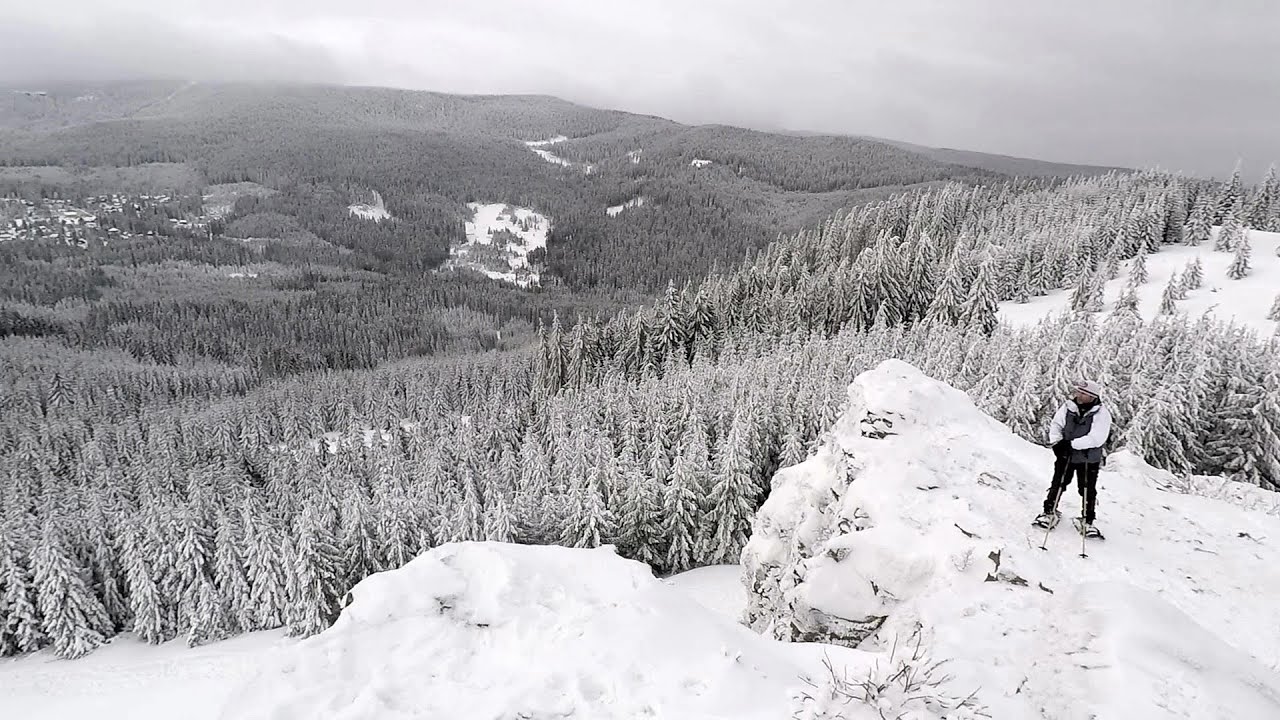Tourist attractions near Poneasca (Bozovici, Caras-Severin county, Romania)
Photos of nearby places

Beusnita waterfall (8 photos) 16 km away. Cascada Beusnita, located in the Caras-Severin county, is one of the most impressive waterfalls in the Anina Mountains.
[ Top ↑ ]
Videos of nearby places

Rudariei watermills - Eftimie Murgu 22 km away. I have visited the twenty-two wooden water mills with horizontal wheels, located in the valley of the Rudaria stream, mostly in the rain and under an umbrella.

Mill of the Devils (Moara Dracilor) - Tasna Gorge (Cheile Tasnei) 44.7 km away. The Tasna Gorges are located in the Mehedinti Mountains, approximately 15 km from the resort of Baile Herculane.

The Wooden Ladders - The villages of Scarisoara and Inelet, Cerna valley 47 km away. Scarisoara and Inelet are small, isolated villages located in the mountainous region of Banat.

Blasted Rock (Piatra Puscata) hanging path - Cerna Valley 47.6 km away. The Blasted Rock hanging path is located on the geographical right bank of the Cerna River, near the confluence of the Iuta stream, approximately 20 km from Baile Herculane.

Corcoaia Gorge - Gorj county 59.4 km away. The Corcoaia Gorge is one of the most beautiful tourist attractions in the Cerna Valley.
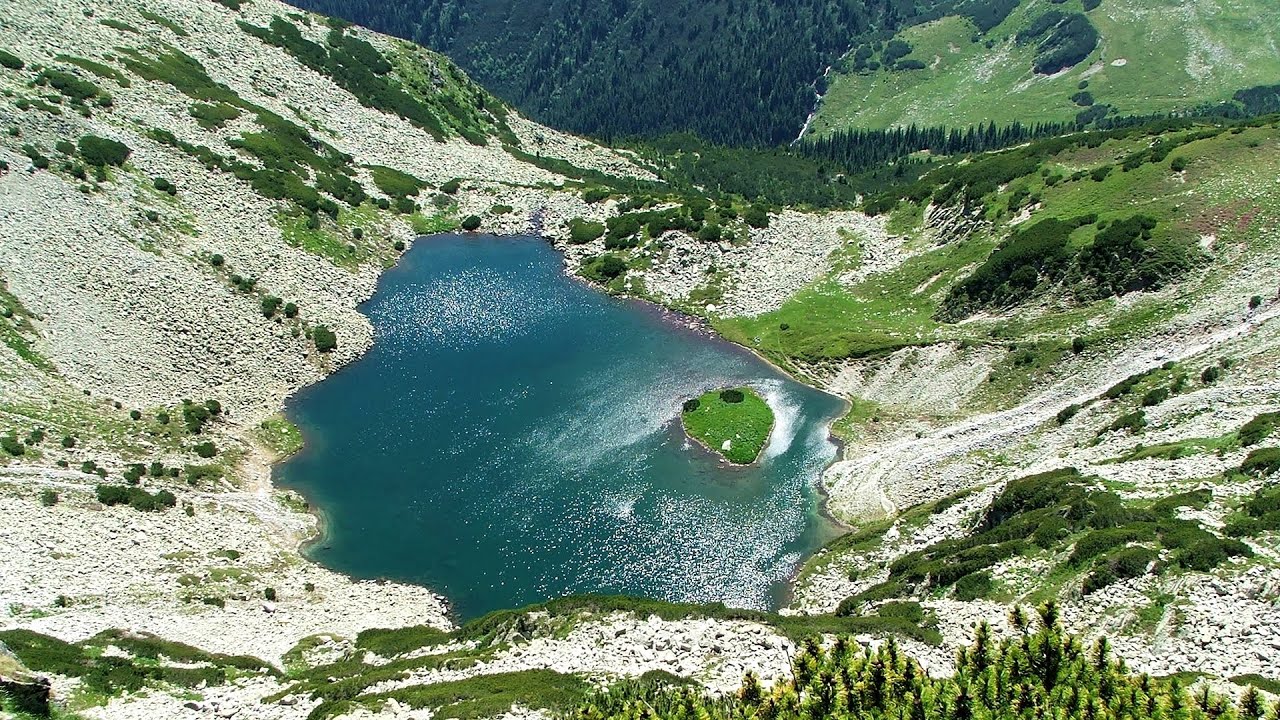
Billy-goat lake, Closed Gates - Retezat Mountains 85.2 km away. The most unique ridge trail of the Retezat Mountains is the Closed Gates.
Other places
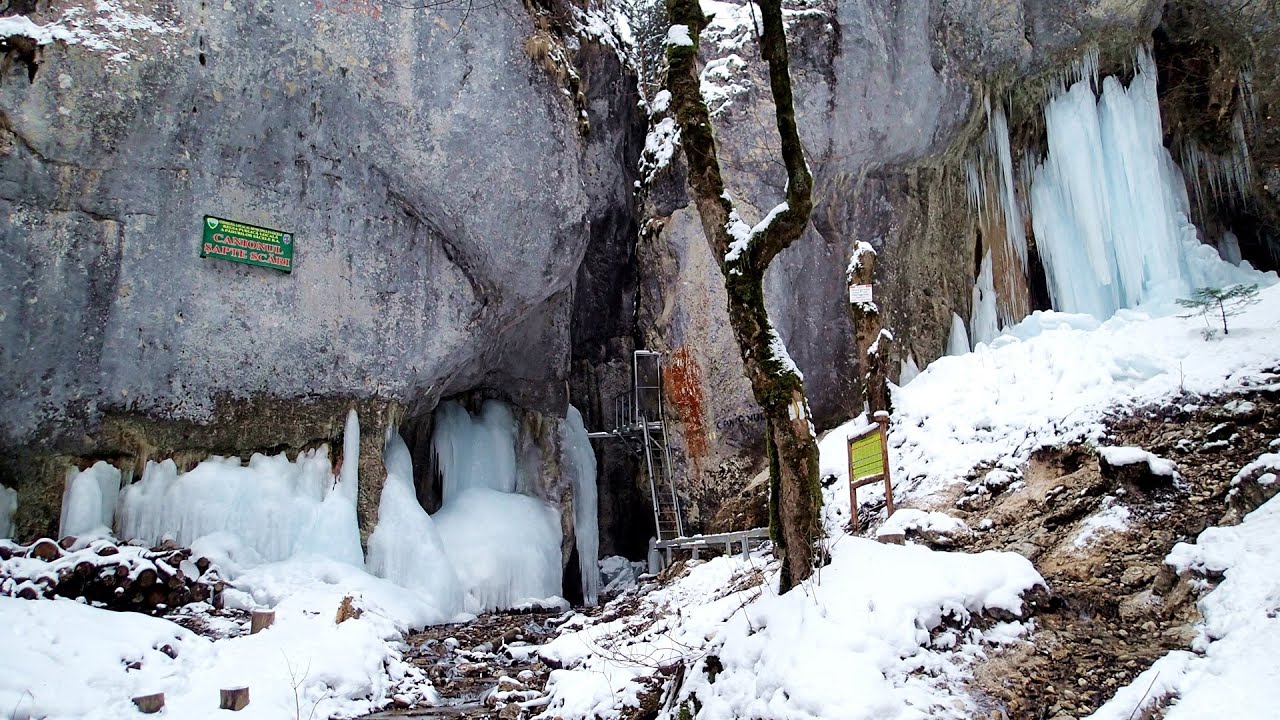
Seven Ladder Canyon in Winter Piatra Mare Mountain 294.8 km away. Seven Ladder Canyon and Waterfall in Winter - Piatra Mare Mountain
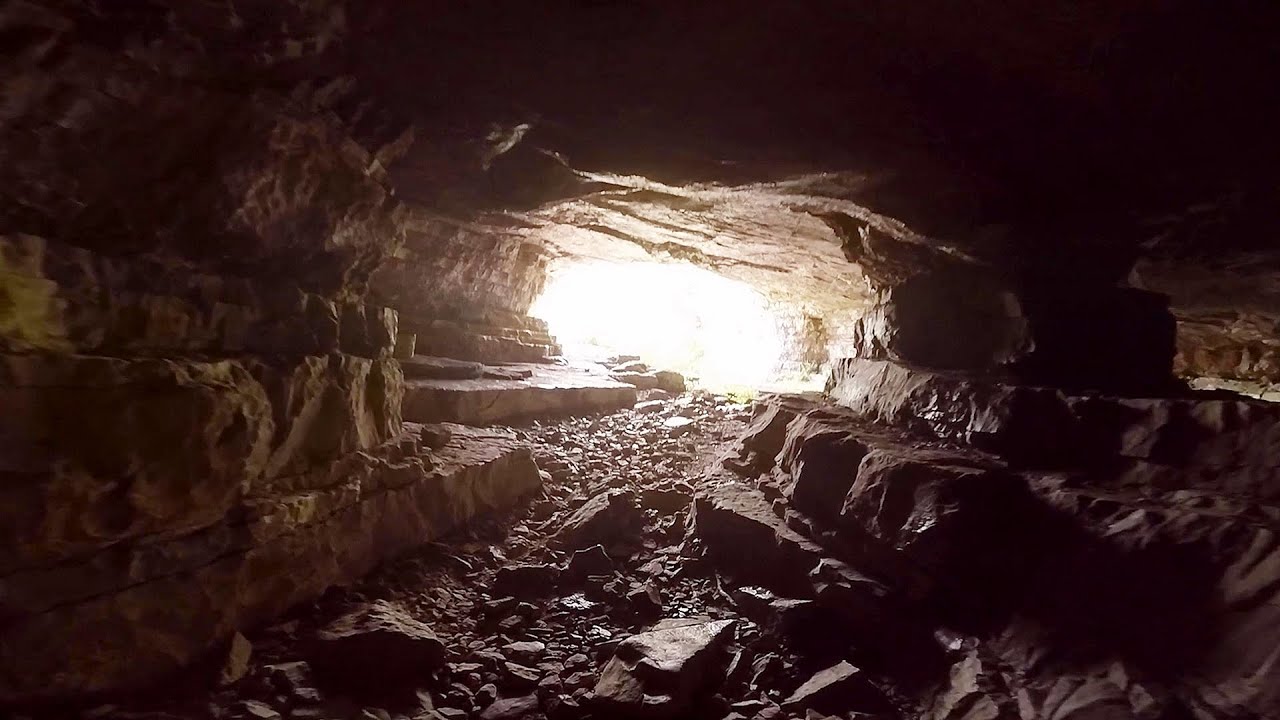
Iskar gorge (Lyutibrod) Temnata dupka cave (Lakatnik) 244.8 km away. The Iskar is the longest purely Bulgarian river, the oldest river in the Balkans, and a right tributary of the Danube.
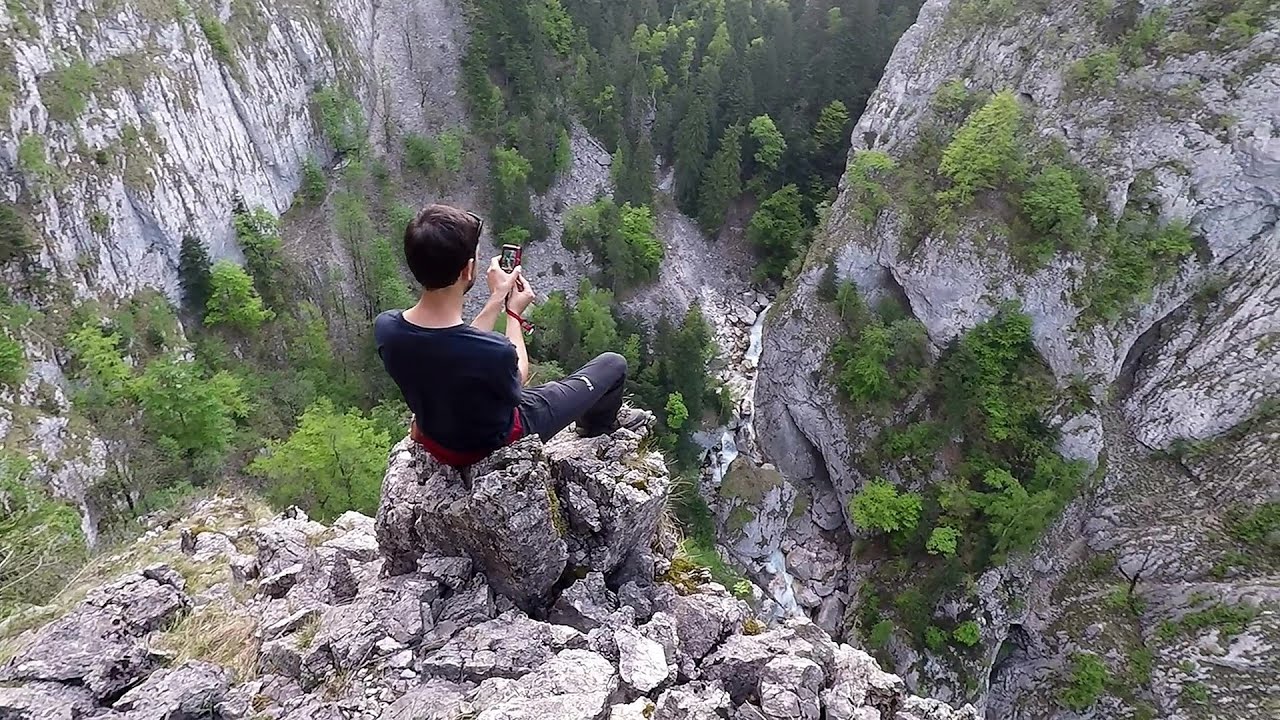
The Gorge of the Creek of the Gorge (Cheii Gorge, Cheile Cheii) Buila-Vanturarita National Park 172.6 km away. The Gorges of the Creek of the Gorge (Cheii Gorge, Cheile Cheii) is located in the Buila-Vanturarita National Park within the Capatana Mountains.
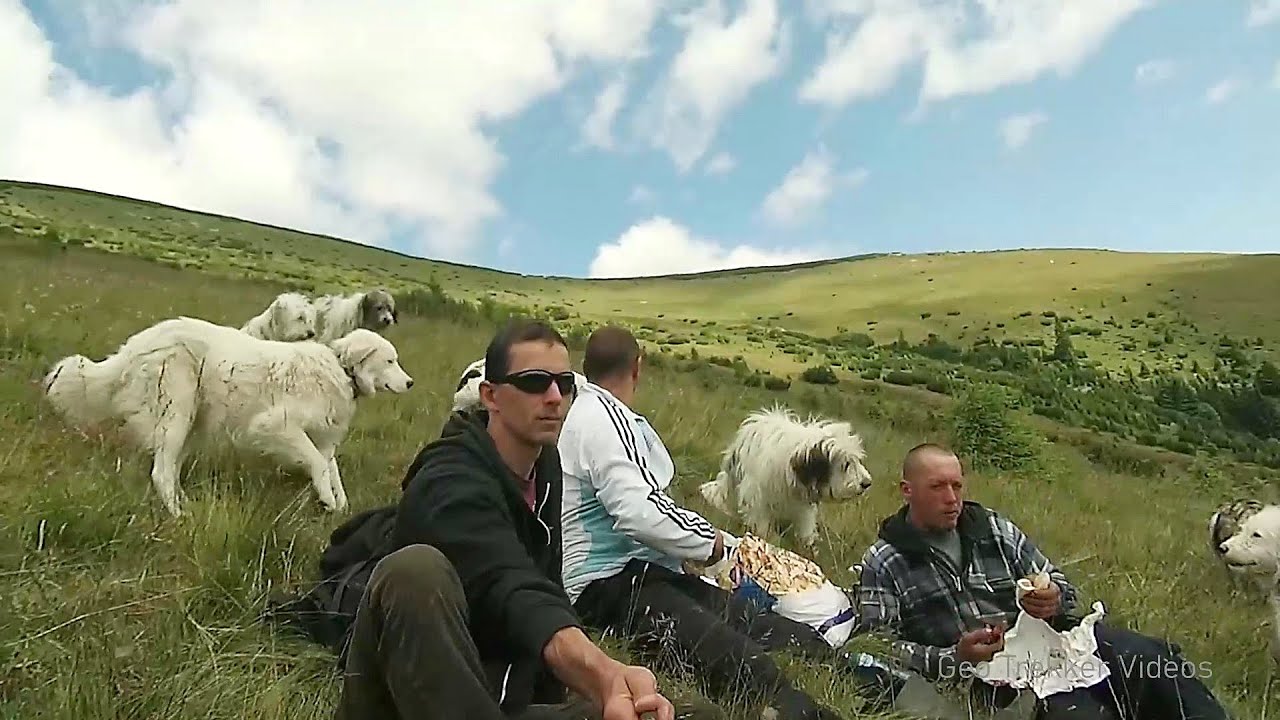
Sheepdogs Govora sheepfold Retezat mountains 90.5 km away. On the second day of my weekend Retezat hike, I visited a sheepfold on the Lancita Ridge.
Other destinations
Gornjak via ferrata and Kudelinov's fortress Zdrelo 90.9 km away. Difficulty level C/D, total length: 400 m, height difference: 330 m, year of construction: 2019, total length of the route to Kudelinov's fortress: 1100 m.
Lipovac via ferrata and monastery of Saint Stephen 163.9 km away. Difficulty level B, total length: 190 m, height difference: 90 m, year of construction: 2022.
Turcinovac via ferrata and cave Ovcar Banja 187.2 km away. Difficulty level B, total length: 60 m, height difference: 45 m, year of construction: 2010.
[ Top ↑ ]
Copyright © 2003-2025 Trekkingklub and friends. Reproduction of any text, picture or video from this website, either in printed or electronic form, is prohibited without prior written permission. Website made with love  in Miercurea Ciuc.
in Miercurea Ciuc.
 in Miercurea Ciuc.
in Miercurea Ciuc.








